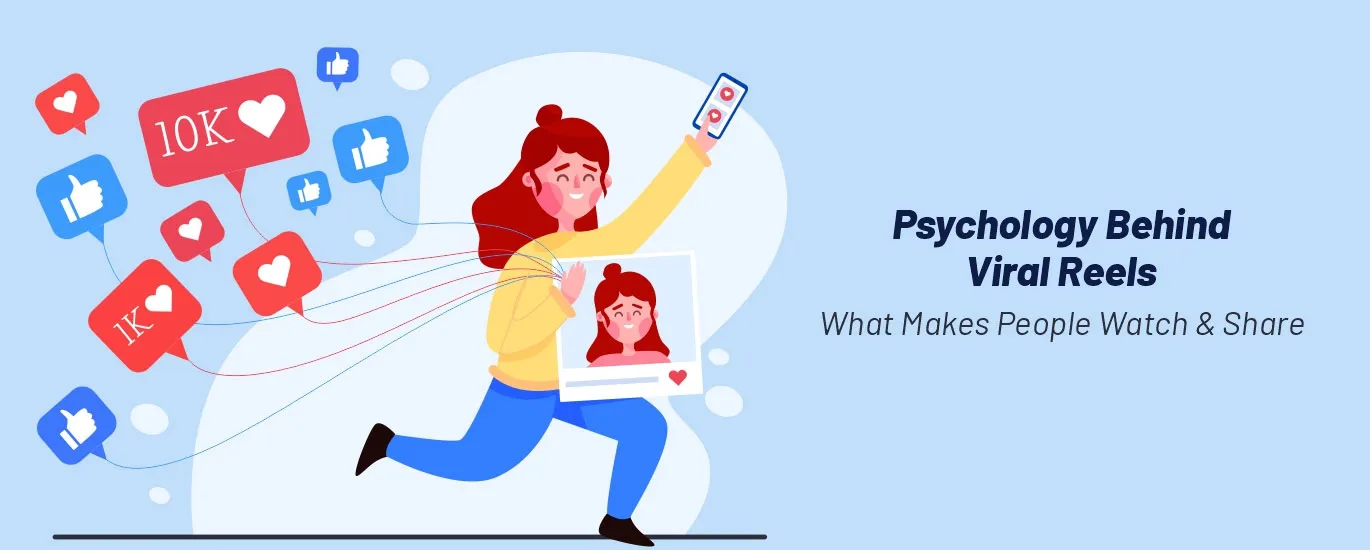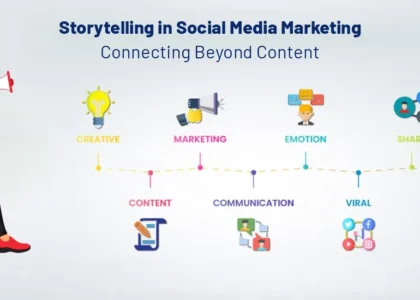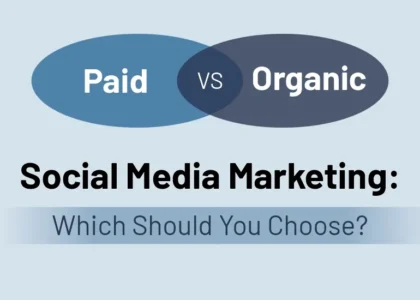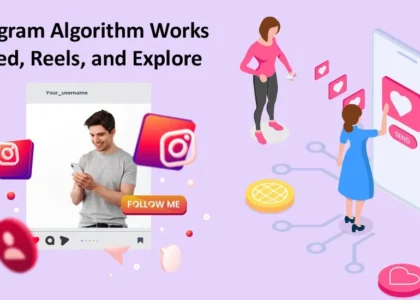Why Some Reels Go Viral While Others Don’t
Have you ever wondered why one Instagram Reel with simple music and a quick tip gets millions of views, while another—maybe even better produced—barely gets noticed? That’s not just luck. It’s psychology. The psychology behind viral reels explains how our brains respond to short-form content and why we hit that “share” button.
In 2025, when attention spans are shorter than ever and competition on Instagram is fierce, understanding the science of viral content is no longer optional—it’s the secret weapon of smart creators and marketers. Let’s break down the viral reels psychology and uncover exactly what makes people watch, engage, and share.
The Psychology Principles Behind Viral Reels
1. The Curiosity Gap
Our brains hate unanswered questions. When a Reel starts with a surprising statement like “Most people edit Reels wrong, here’s why…” the brain instantly wants closure. This psychological effect, called the curiosity gap, is one of the strongest reasons viewers watch till the end.
Example: A 2025 fitness creator starts a Reel with “This 5-second move burns more calories than 50 squats.” Instantly, you’re hooked—because you need to know what it is.
2. Emotional Triggers
Emotions drive virality more than logic. Content that makes people laugh, feel inspired, or even a little shocked is far more likely to be shared. Neuroscience studies show that emotions heighten memory and increase engagement.
Tip for creators: If you want to know how to make viral reels, aim for emotion first—information second. Blend useful tips with humor, motivation, or relatability.
3. Social Proof & FOMO
Humans follow crowds. When people see a Reel that already has thousands of likes, their brain says, “This must be worth watching.” That’s the power of social proof. Pair it with FOMO (fear of missing out), and you’ve got a recipe for shares.
Example: Trending challenges in 2025, like AI-generated transitions or quick “before and after” glow-ups, spread because nobody wants to feel left behind.
4. Cognitive Ease
The human brain loves simplicity. Reels that are easy to follow, with clear visuals and short captions, perform better. If viewers need to “think too hard,” they’ll scroll. The key is cognitive ease—make it smooth and effortless to consume.
Triggers That Make Reels Go Viral
1. Relatability
People share what feels like their own story. Whether it’s “that Monday morning struggle” or “how every content creator feels at 2 AM,” relatability makes viewers comment, “This is so me.”
2. Novelty & Surprise
The brain rewards novelty with dopamine. That’s why unexpected edits, new perspectives, or twists keep audiences glued. In 2025, creators using AI filters, unexpected text hooks, and jump cuts are mastering this trigger.
3. Storytelling in Seconds
Humans are wired for stories. Even in 15 seconds, you can create a beginning, middle, and end. Start with conflict, show the process, and end with resolution. This mini-storytelling approach taps into deep psychology.
Example: A skincare Reel that begins with “I struggled with acne for years” → shows routine → ends with glowing skin. That emotional journey makes viewers watch and share.
4. Identity & Self-Expression
People don’t just share Reels because they like them—they share them to express themselves. If a Reel aligns with someone’s identity (e.g., “introverts will relate” or “marketers in 2025”), it becomes a reflection of who they are.
Real-Life Examples of Viral Reels in 2025
- AI-Powered Editing: Creators using AI tools for smooth transitions or automatic captions see higher engagement because audiences love novelty + ease.
- Snackable Education: Short “Did you know?” reels explaining complex topics in 20 seconds are blowing up in niches like finance, psychology, and health.
- Relatable Micro-Sketches: Comedy Reels that exaggerate everyday struggles (“When Wi-Fi cuts off during a Zoom call”) continue to dominate because they’re instantly shareable.
Practical Tips: How to Make Viral Reels Using Psychology
1. Nail the First 3 Seconds
Your hook is everything. Use a question, a bold statement, or a surprising visual to stop the scroll.
Example Hooks:
- “Nobody talks about this Instagram hack…”
- “Here’s why your Reels aren’t working…”
2. Keep It Emotion-Driven
Don’t just inform—entertain or inspire. Add humor, empathy, or drama to spark emotion. Viewers remember how you made them feel, not just what you said.
3. Use Trending Sounds Strategically
Trendy audio helps boost discoverability, but combine it with originality. Psychology says familiarity plus surprise keeps people watching.
4. Add Text & Captions for Easy Consumption
Many viewers watch without sound. Adding captions not only boosts accessibility but also creates cognitive ease.
5. Optimize for Rewatchability
Loops, fast edits, or cliffhangers encourage people to watch again. The Instagram algorithm rewards completion and repeat views—both critical for virality.
6. Trigger Sharing Instincts
Ask yourself: Would someone send this to a friend? If the answer is yes, your content taps into identity, relatability, or utility—the three strongest sharing triggers.
7. Keep It Authentic
In 2025, audiences crave realness. Overly polished, “perfect” Reels often lose out to raw, authentic content. Be relatable, be you
The Science of Viral Content in Action
When you combine curiosity, emotion, simplicity, and shareability, you’re tapping into the science of viral content. Viral Reels aren’t just about luck—they’re about psychology-backed strategies that align with how humans think and behave online.
The psychology behind viral reels shows us that creators who understand attention, emotions, and identity consistently outperform those relying on random trends.
Conclusion: Apply the Psychology, Create the Magic
Virality isn’t a mystery—it’s human psychology in motion. The viral reels psychology tells us people watch and share content that sparks curiosity, emotion, and self-expression. By applying these principles—relatability, novelty, storytelling, and cognitive ease—you can unlock the secret of how to make viral reels.
So the next time you’re planning content, don’t just ask, “What trend should I follow?” Instead, ask, “What will make someone feel something—and want to share it?”
That’s the difference between a forgettable Reel and one that reaches millions.
Want more insights like this? Explore our social media marketing services and start creating Reels that don’t just get views—but leave a lasting impact.





